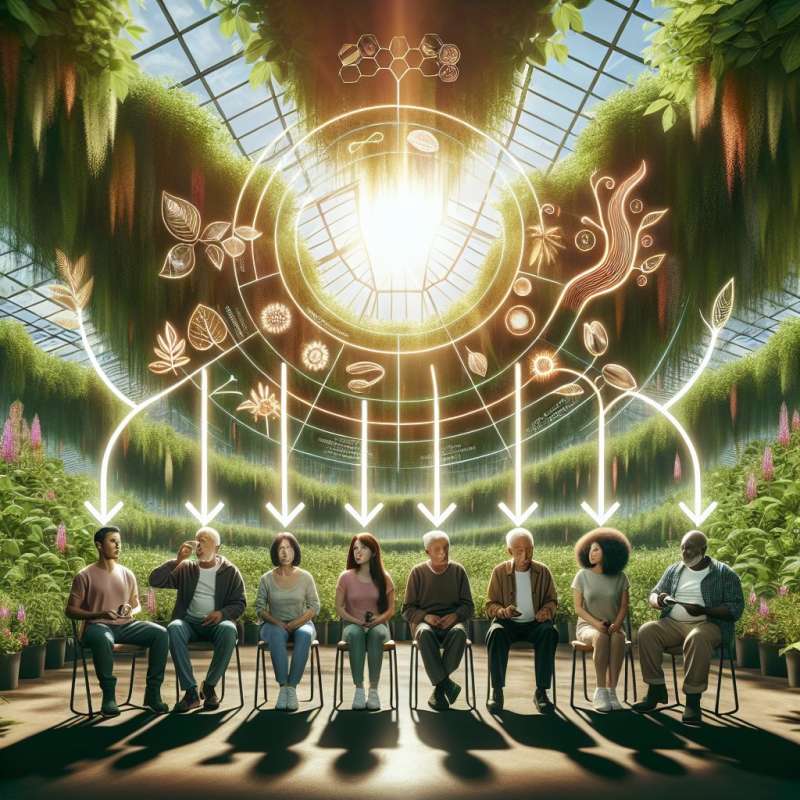
Hair: Beyond the Surface
Hair is not just a fashion statement; it's a complex integration of biological components. Composed mainly of keratin, a protein also found in nails and skin, each strand has a unique genetic footprint.
Hair Anatomy 101
A single hair consists of the cuticle, cortex, and medulla. The cuticle is the protective outer layer, the cortex holds pigment and moisture, and the medulla, the hair's innermost section, is often absent in fine hair.
Growth Cycle Explained
Hair growth has three phases: anagen (active growth), catagen (transition), and telogen (resting). The anagen phase can last several years, while the telogen phase can result in shedding of 25 to 100 hairs daily.
Cycles Not Synchronized
Each hair follicle operates independently to ensure constant coverage. The asynchronous nature of hair growth cycles prevents all hairs from falling out simultaneously, a phenomenon that's vital for the survival of our hairy ancestors.
Hair Growth Factors
Growth rates and cycles are influenced by factors such as age, genetics, hormones, and nutrition. For instance, hair grows faster in summer due to increased circulation and prolonged anagen phase triggered by warmer temperatures.
Diet's Impact on Hair
Surprisingly, diet plays a crucial role in hair health. Deficiencies in iron, vitamins D and E, and zinc can lead to hair loss. A balanced diet supports the hair growth cycle and maintains hair density.
Hair Loss: A Complex Issue
While shedding is a natural part of the hair cycle, excessive hair loss can be triggered by stress, illness, or hormonal imbalance. Understanding your hair's growth cycle can aid in identifying and treating hair health issues.
What is hair primarily composed of?
Melanin and biotin
Keratin protein
Calcium and phosphate
Company